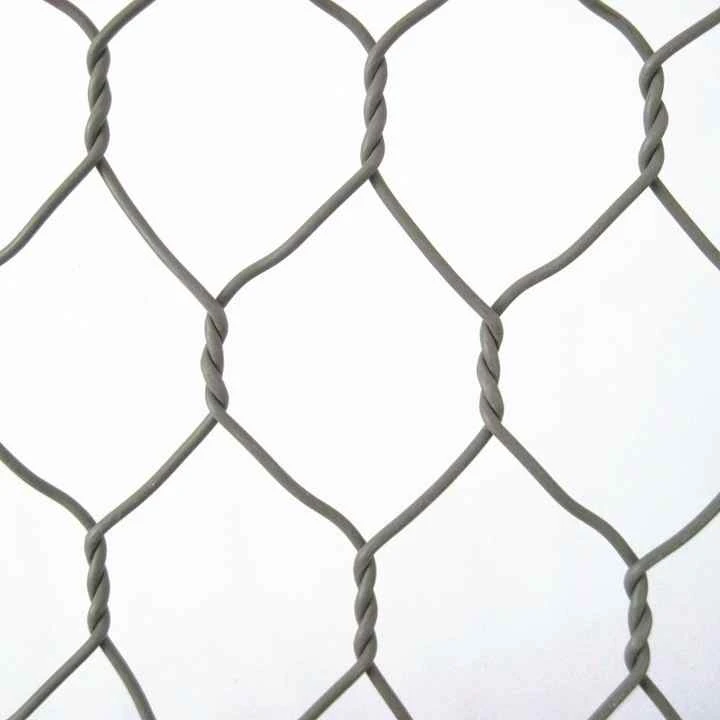-
 Phone:
Phone: -
 Email:
Email:

Strategies for Reducing the Risk of Rock Falls in Vulnerable Areas
How to Prevent Rock Falls Essential Strategies for Safety
Rock falls pose significant hazards in various environments, particularly in mountainous regions, construction sites, and areas undergoing natural erosion. The sudden descent of rocks can lead to devastating consequences, including injury, damage to infrastructure, and even loss of life. Therefore, understanding how to effectively prevent rock falls is crucial for both public safety and environmental preservation. This article outlines several strategies that can be employed to mitigate the risks associated with rock falls.
1. Proper Site Assessment
The first step in preventing rock falls is conducting a comprehensive geological assessment of the area. Professionals should analyze the rock composition, slope angle, and existing vegetation. Identification of potential hazards, such as unstable rock formations or pre-existing cracks, is critical. Additionally, monitoring weather patterns and seismic activity can provide valuable insights into how these factors might influence rock stability.
2. Engineering Solutions
In many cases, engineering interventions can significantly reduce the risk of rock falls. These solutions include
- Rock Bolting This method involves drilling steel rods into the rock to stabilize loose rocks and prevent them from detaching and falling.
- Retaining Walls Constructing solid walls can effectively catch falling rocks and prevent them from reaching populated areas or roadways.
- Rock Fencing Specialized mesh fencing can be installed on rocky slopes to catch smaller falling debris and prevent it from causing harm
.- Scaling This technique involves removing loose rock from steep slopes to reduce the likelihood of future rock falls. This should be performed by trained personnel to ensure safety.
3. Vegetation Management
how to prevent rock falls

Maintaining healthy vegetation can play a crucial role in rock fall prevention. Plant roots help stabilize the soil and rocks, reducing the risk of erosion and landslides. Here are some practices to consider
- Revegetation Introducing native plant species can help create a more stable ecosystem. Native roots penetrate the soil deeply, ensuring better anchorage for the rocks.
- Tree Management Properly maintaining trees in rocky areas can prevent them from becoming unstable and toppling over, which could trigger rock falls.
4. Regular Monitoring and Maintenance
Ongoing monitoring and maintenance are essential for preventing rock falls in areas prone to such hazards. Regular inspections can identify changes in terrain, such as new cracks or shifting rocks. Monitoring systems, such as inclinometers, can provide real-time data on soil and rock movements. Timely intervention, such as scaling or reinforcing unstable areas, can prevent accidents before they occur.
5. Public Awareness and Education
Educating the public about rock fall risks is vital. Signage in high-risk areas can inform individuals of potential hazards and safe practices. Community awareness programs can educate hikers, construction workers, and residents about the signs of potential rock falls and the importance of respecting closed-off areas.
6. Response Planning
In addition to prevention strategies, having an effective response plan in place is crucial. Emergency services should be trained to respond quickly to rock fall incidents. Plans should include evacuation routes, communication protocols, and first aid procedures for those affected by rock falls.
Conclusion
Preventing rock falls requires a multi-faceted approach that combines thorough assessment, engineering solutions, effective vegetation management, regular monitoring, public education, and responsive planning. By implementing these strategies, communities can significantly reduce the risks associated with rock falls, thereby protecting lives and infrastructure. Staying proactive and informed is essential in fostering a culture of safety and resilience against geological hazards.
-
Wire Mesh for Every Need: A Practical SolutionNewsJul.25,2025
-
Steel Fences: Durable, Secure, and Stylish OptionsNewsJul.25,2025
-
Roll Top Fencing: A Smart Solution for Safety and SecurityNewsJul.25,2025
-
Cattle Farm Fencing Solutions for Maximum SecurityNewsJul.25,2025
-
Affordable Iron Binding Wire SolutionsNewsJul.25,2025
-
Affordable Galvanized Wire SolutionsNewsJul.25,2025
-
Wire Hanger Recycling IdeasNewsJul.25,2025








